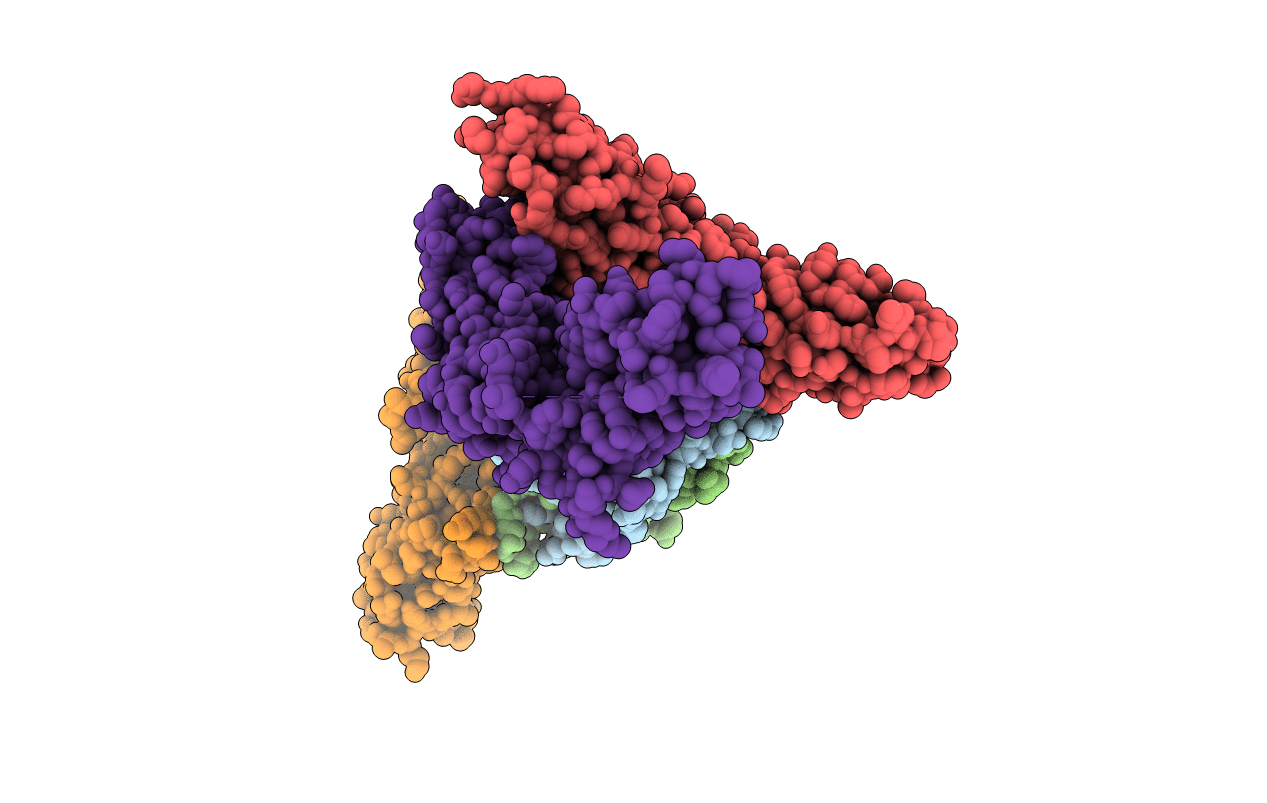
Deposition Date
2000-07-28
Release Date
2000-08-11
Last Version Date
2024-10-30
Entry Detail
PDB ID:
1FG9
Keywords:
Title:
3:1 COMPLEX OF INTERFERON-GAMMA RECEPTOR WITH INTERFERON-GAMMA DIMER
Biological Source:
Source Organism:
Homo sapiens (Taxon ID: 9606)
Host Organism:
Method Details:
Experimental Method:
Resolution:
2.90 Å
R-Value Free:
0.30
R-Value Work:
0.23
Space Group:
C 1 2 1


